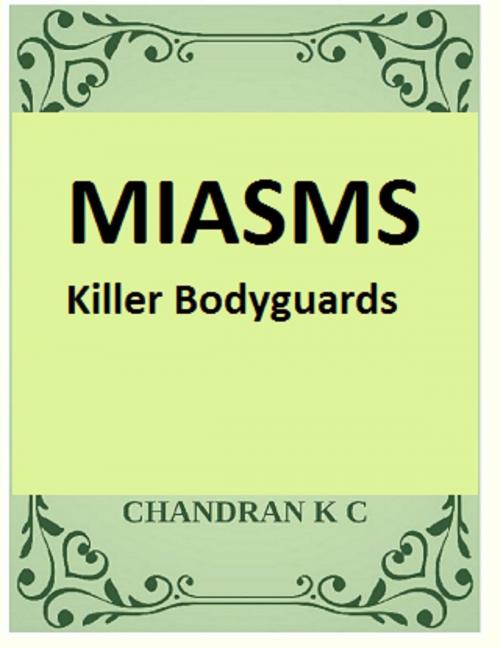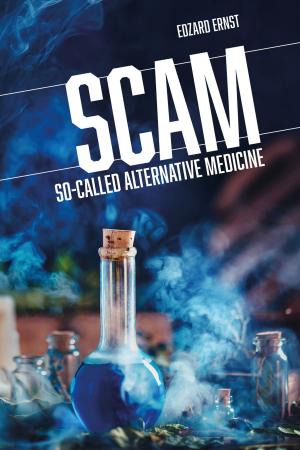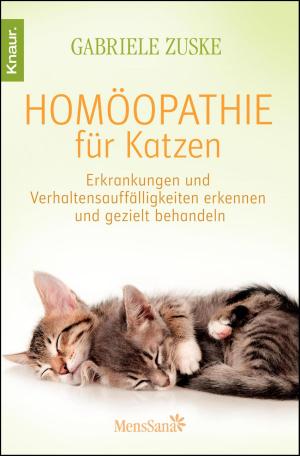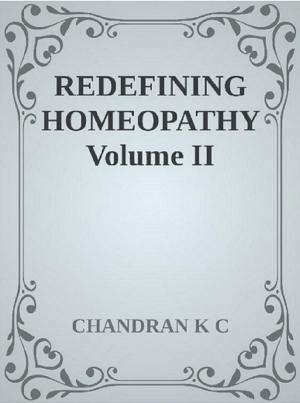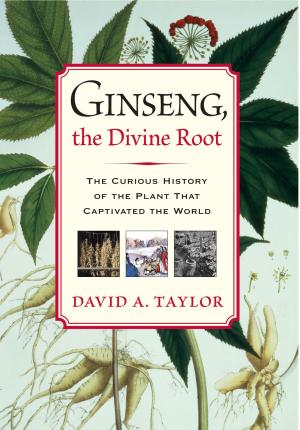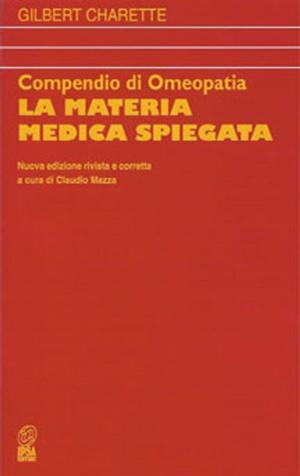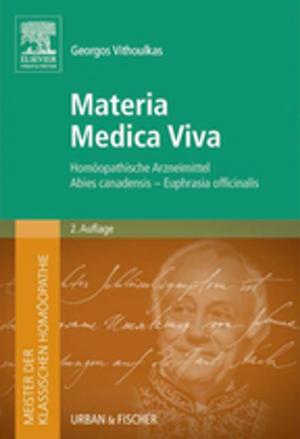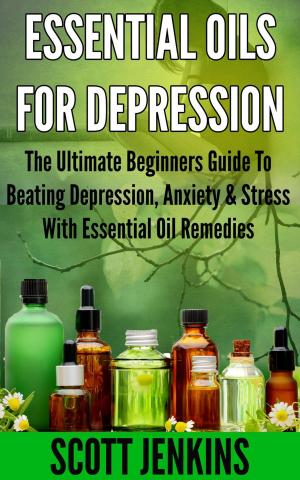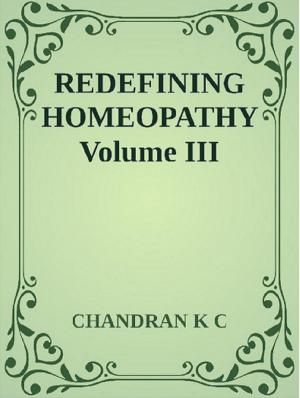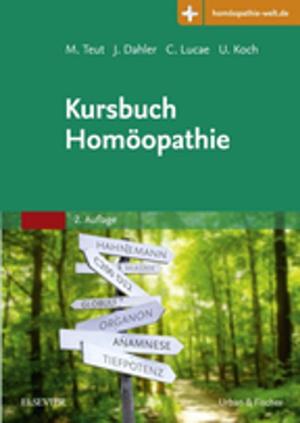MIASMS- The Killer Bodyguards
Nonfiction, Health & Well Being, Health, Alternative & Holistic Health, Homeopathy| Author: | Chandran K C | ISBN: | 9780463734520 |
| Publisher: | Chandran K C | Publication: | June 13, 2018 |
| Imprint: | Smashwords Edition | Language: | English |
| Author: | Chandran K C |
| ISBN: | 9780463734520 |
| Publisher: | Chandran K C |
| Publication: | June 13, 2018 |
| Imprint: | Smashwords Edition |
| Language: | English |
Starting from Hahnemann's observation that 'miasms' are chronic disease dispositions produced by infectious diseases, I wanted to know the molecular level material basis of miasms, and the biological mechanism by which they produce chronic diseases.
My inquiry was, how can an infectious disease produce 'residual effects' in the body even after the infection is over. What remains in the body that can produce such a residual effect?
One thing common to all infectious agents are that all of them introduce some chemical molecules of protein nature into the host, which act as antigens and lead to the production of 'antibodies' or immune substances that help the body to fight the invading infectious agents.
Antibodies are native globulin proteins imprinted with antigens, and can bind to the specific antigens by conformational affinity. These antibodies remain in the organism even after the infection is over.
It is these antibodies generated in the organism against specific infectious agents, that produce 'residual effects' which hahnemann called miasms. Antibodies circulate in the body, and can bind to various 'off target' bilogical molecules such as receptors and enzymes, producing molecular inhibitions in various biochemic pathways. They produce many chronic pathological conditions we call as 'auto immune' diseases. Antibodies can even bind to enzymes involved in biochemical processes of genetic expressions, producing phenotype changes in constitutions. It is these phenotype changes that underlie the dispositions we call 'miasmatic constitutions'.
Starting from Hahnemann's observation that 'miasms' are chronic disease dispositions produced by infectious diseases, I wanted to know the molecular level material basis of miasms, and the biological mechanism by which they produce chronic diseases.
My inquiry was, how can an infectious disease produce 'residual effects' in the body even after the infection is over. What remains in the body that can produce such a residual effect?
One thing common to all infectious agents are that all of them introduce some chemical molecules of protein nature into the host, which act as antigens and lead to the production of 'antibodies' or immune substances that help the body to fight the invading infectious agents.
Antibodies are native globulin proteins imprinted with antigens, and can bind to the specific antigens by conformational affinity. These antibodies remain in the organism even after the infection is over.
It is these antibodies generated in the organism against specific infectious agents, that produce 'residual effects' which hahnemann called miasms. Antibodies circulate in the body, and can bind to various 'off target' bilogical molecules such as receptors and enzymes, producing molecular inhibitions in various biochemic pathways. They produce many chronic pathological conditions we call as 'auto immune' diseases. Antibodies can even bind to enzymes involved in biochemical processes of genetic expressions, producing phenotype changes in constitutions. It is these phenotype changes that underlie the dispositions we call 'miasmatic constitutions'.
